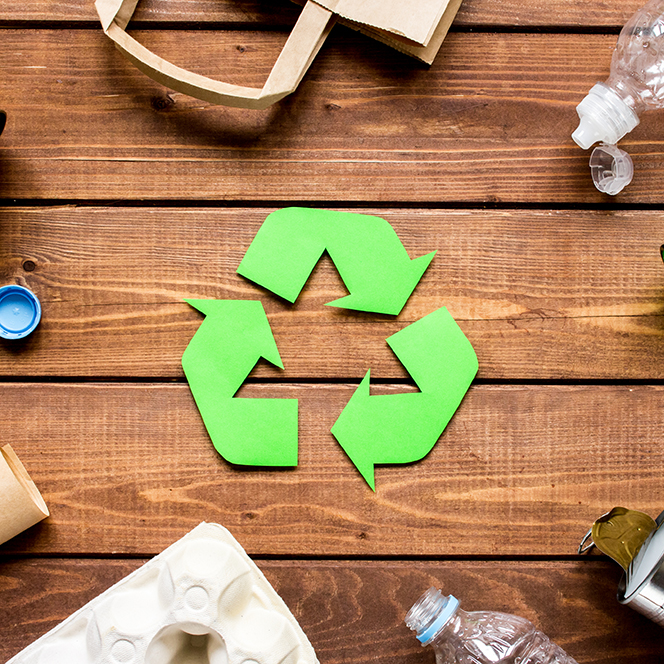
Last time we talked about the benefits of recycling. Unfortunately, like any process, recycling is not without its drawbacks – the drawbacks that we’re going to be diving into today!
Recycling Is Expensive
One of the primary drawbacks of recycling is the cost. Recycling programs can be expensive to implement and maintain. This is due in part to the need for specialized equipment and infrastructure to collect, sort and process recyclable materials. Also, the value of recycled materials is often lower than the cost of producing new materials, which can make it difficult for recycling programs to be financially sustainable. Why use recycled materials when new materials are cheaper, and easier, to utilize?
Recycling Is Hard
Another issue with recycling is contamination. When non-recyclable materials are mixed in with recyclables – and this can be an easy mistake to make for good-intentioned people – it can render the entire batch unusable. This can be a major problem in areas where recycling is not mandatory, as many people may not know what can and cannot be recycled, and what is able to be recycled can vary by jurisdiction. According to a report by the National Waste & Recycling Association, contamination rates in single-stream recycling programs can be as high as 25 percent.
Recycling Can Cause Environmental Damage
Recycling can also have negative environmental impacts. For example, the process of recycling paper requires the use of chemicals and large amounts of water and energy. Similarly, recycling plastic can release harmful pollutants into the air and water. While recycling is still better for the environment than simply throwing materials in the trash, it is not a perfect solution and can still contribute to pollution.
Is Recycling Even Effective?
There are also concerns about the effectiveness of recycling. Some experts argue that the benefits of recycling are overstated, and that it may not be as effective at reducing waste as other methods, such as reducing consumption or reusing materials. According to a study published in the Journal of Industrial Ecology, recycling only reduces greenhouse gas emissions by 2-3 percent, whereas reducing consumption can reduce emissions by up to 20 percent.
Recycling can also create issues with the quality of materials produced. When materials are recycled, they are often downgraded in quality, which can limit their usefulness and lead to the production of lower-quality products. This can create a cycle where materials are continually downgraded and recycled, rather than being used for their intended purpose.
Even though there are many drawbacks, recycling remains an important part of efforts to reduce waste and conserve resources. Nevertheless, it is important to recognize that it is not a perfect solution and that there are limitations to what recycling can achieve. To make recycling more effective, it is important to focus on reducing contamination, improving infrastructure and exploring other waste reduction strategies. Or, look at other options, like reducing waste, composting, upcycling and others. Next time, we’re going to dive into the benefits of composting; in the meantime, please email us at AllenWilson472@boisestate.edu or RuthJebe@boisestate.edu with your sustainability tips, tricks, questions and concerns. See all Ethics posts and news.